Coding Towards Accessibility
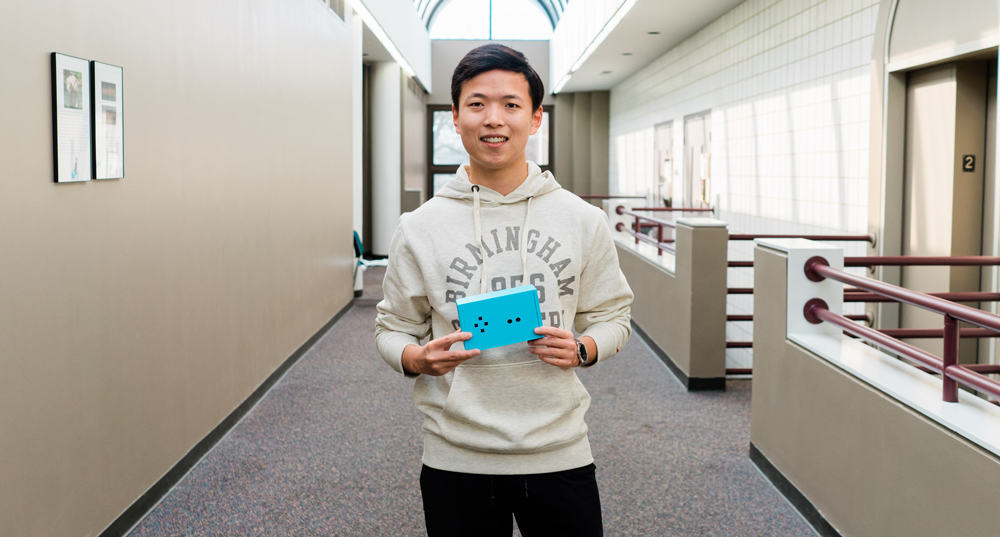
Coding has benefits for today’s students; it can help them with problem-solving, math, and logical thinking. Block programming languages like Scratch make it easy.
However, those block languages are not accessible to students with visual impairments because of its high dependence on visual aspects since these students need to drag blocks and join them together. Too often, the text is small and the blocks’ detail is subtle — even when enlarged. Students with low vision are unable to participate in a classroom using these block programming languages.
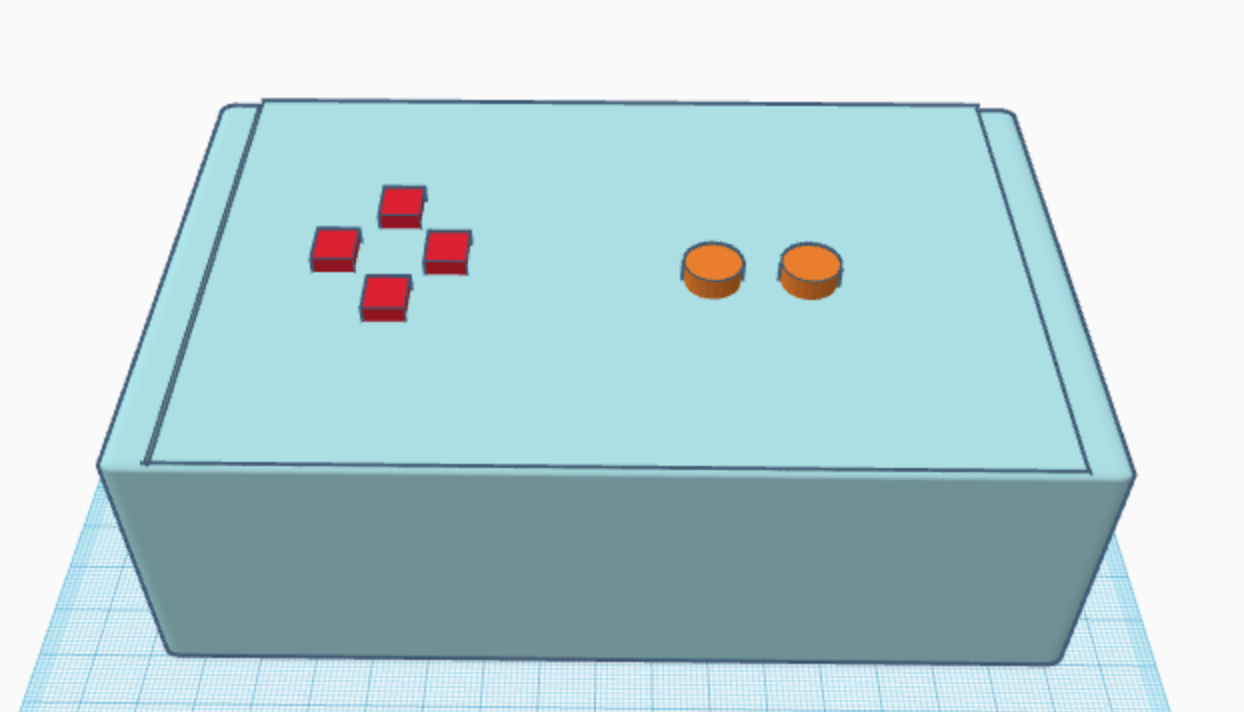
Brainstorming about these obstacles with the goal of creating more inclusivity in the classroom is what led senior Roger Wang and BSC Assistant Professor of Applied Computer Science Dr. Amber Wagner to develop a remote controller to make block programming languages accessible to anyone with a visual impairment. They came up with the idea of using CodeBox64, a peripheral device that consists of six buttons, as a possible solution. The pair started work on their fall 2018 rise3 collaborative research project over the summer.
“Dr. Wagner and I thought that maybe, working together, we could create a device that could help students with visual impairments access Scratch — a free block programming language and online community where you can create your own interactive stories, games, and animations,” said Wang, a math major and applied computer science minor from Chengdu, China. “Students can do this by using touch and sound, such as push buttons and auditory cues.”
Wang designed a tactile input modality — a 3D printed peripheral device that allows users with visual impairments to use block programming languages using auditory cues. He used CAD (computer-aided design) software to create the box and printed it using the BSC Library’s 3D printer. Four of the buttons on CodeBox64 allow the user to control the mouse, and the other two buttons allow the user to select different menus and drag and join the blocks in the script. As users navigate through it, auditory cues are generated to indicate which block the users are trying to drag and drop.
“The device helps students to navigate through the interface of Scratch, which is the most popular block language there is,” he said. “It helps students know which block or menu option the mouse is landing on. In addition, this block helps students to drag and drop the block and join them together in the block editor automatically.”
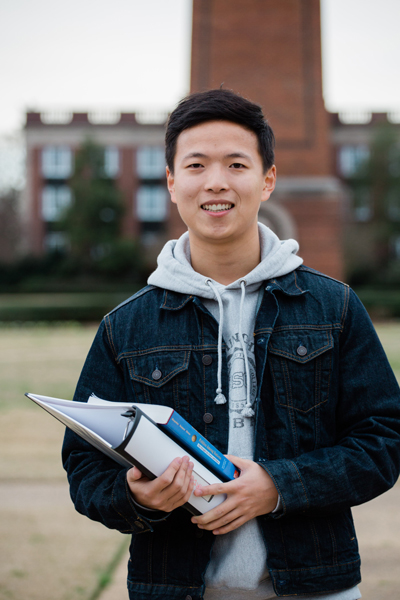
He presented their idea at the ACM (Association for Computing Machinery) MidSoutheast conference in November. Wang also presented a poster at the 2019 ACM SIGCSE Student Research Competition in Minneapolis in February, a leading world-wide computer science education conference, marking the first time that a student from BSC has participated in the competition; he won second place in the undergraduate category. His next presentation will be at ACM Southeast, hosted by Kennesaw State University, on April 19.
Wagner has also presented their findings. She submitted a poster combining her research on a vocal user interface with Wang’s work on the tactile input modality to UAB’s Symposium on Disability Rights. Her presentation was in February. Voice-user interface, or VUI, has exploded in popularity in recent years. It uses speech recognition technology to enable users to interact with technology using just their voices.
“Working with students who are motivated and talented like Roger Wang is one of many reasons I love being at BSC,” she said. “The amount of work that Roger put into this project is evident. Also, I’m very happy to bring more awareness to the issue of inclusivity in all aspects of life, but mostly in education.
Wang said he is grateful for the experience of working collaboratively with Dr. Wagner and for the support from the college’s faculty.
“She helped me realize the necessity of accessibility in education,” he said. “This project also taught me several important lessons, including the sacrifices made by researchers as they work to advance technologies.”
Though he was accepted to other schools, Wang said he chose Birmingham-Southern because he felt that the college made students feel important and motivated them for college life. “After spending four years here, I think choosing BSC is one of the wisest decisions I’ve made in my life. The college really supports students. It’s a big family here, and I love it.”
After graduating from BSC, Wang plans to pursue a master’s degree in computer science; he has already applied to several grad programs. He hopes his undergraduate senior research and presentations will ultimately lead more people to pay attention to students with impairments, regardless of their age.
“Every student should have an equal opportunity to get educated,” he said. “Personally, I hope the results of my research will help me, or at least give me ideas, when I attempt to create an A.I. smart home system accessible to every person, which is my long-term goal. In the coming year, I’d like to combine CodeBox64 with Leap Motion Controller, which is able to capture the movement of the user’s hand so that people can use their hand gestures to move a mouse and drag the blocks instead of pushing buttons.”
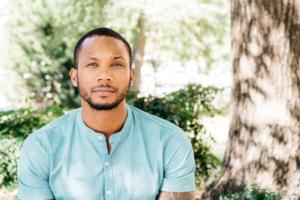
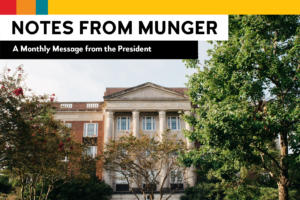
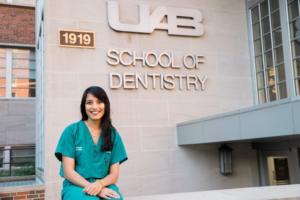
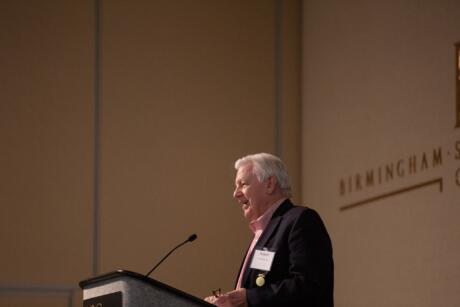
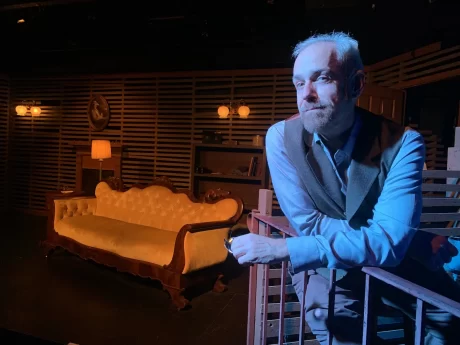
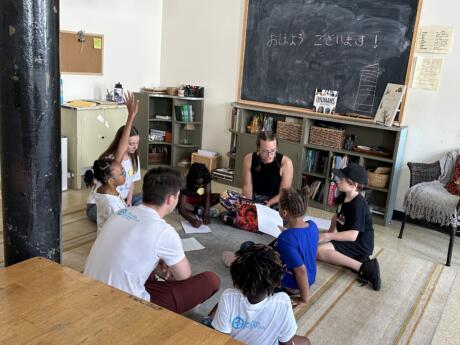
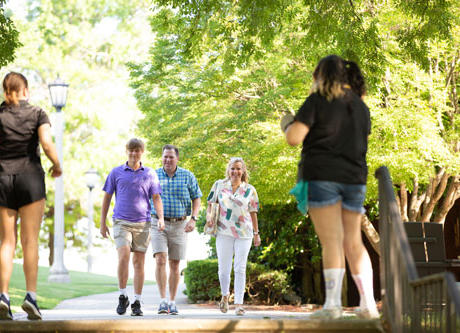
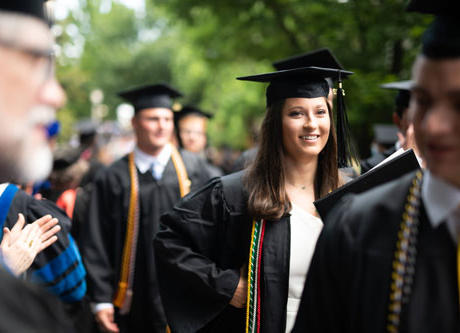
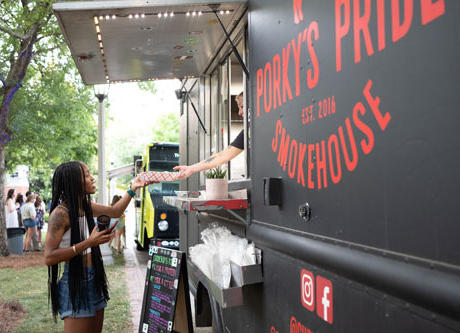
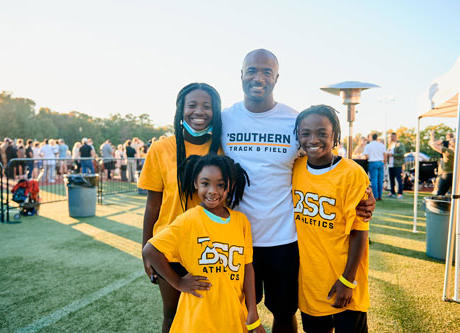
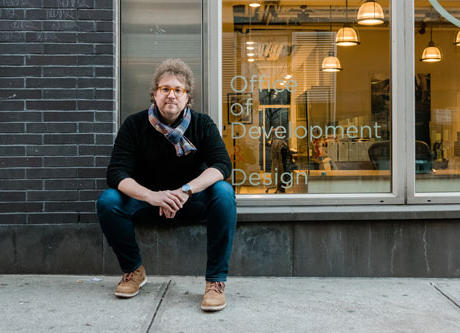
// Comments are closed //